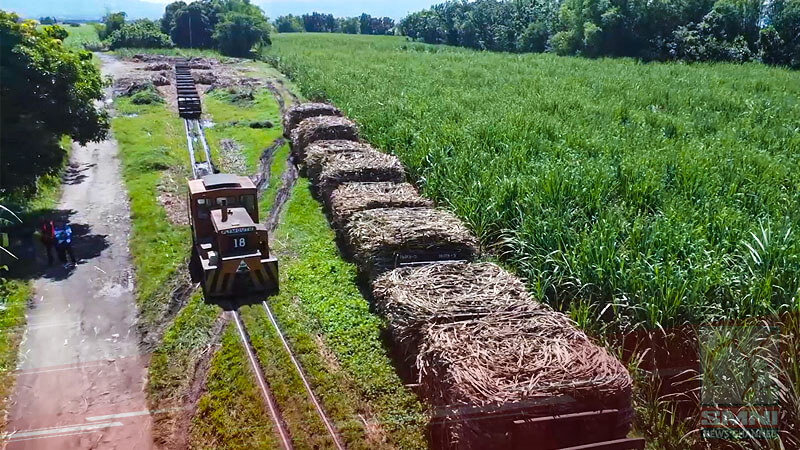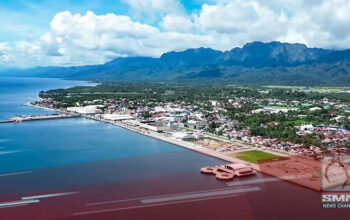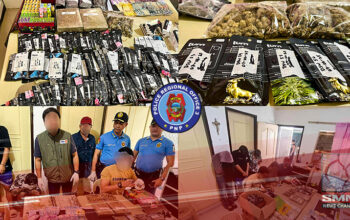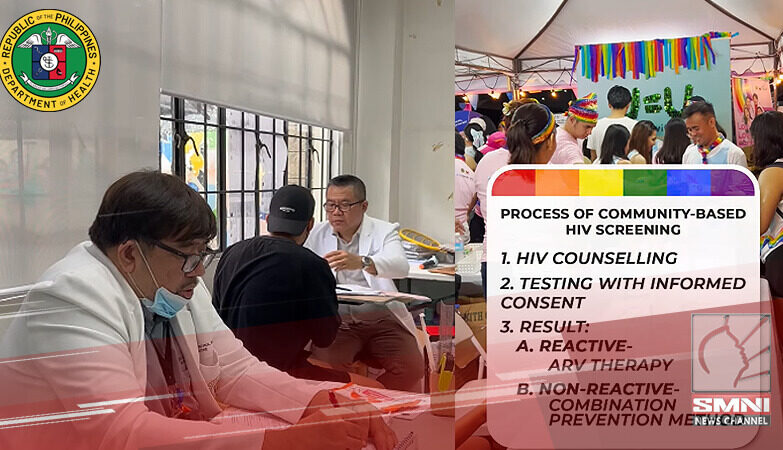SOME sugar producers are worried about the eruption of Mt. Kanlaon after it was raised to Alert Level 2 by PHIVOLCS.
A resident captured on video of a muddy stream flow of lahar from a bridge in Sitio Mananawin, Barangay Masulog in Negros Oriental, Wednesday, June 5th.
The lahar flow accelerated due to volcanic eruption, June 3 this year making the river look like this.
A road in Sitio Calapnagan, municipality of La Castellana, was closed to all vehicles due to mudflow while lahar continues to flow in the river.
According to the latest data from the National Disaster Risk Reduction and Management Council (NDRRMC), more than 2,000 individuals have been affected by the volcanic eruption.
Besides that, sugarcane farmers are also worried if the volcanic ash emissions intensify.
According to the Confederation of Sugar Producers Association (CONFED), the ashfall has a significant impact on sugarcane crops.
“The crops will die if there’s too much ash fall; it will kill the sugarcane, causing real damage,” according to Manuel Lamata, President, CONFED.
Negros Occidental is known as the “sugar capital” of the country because 65% of the sugar production comes from there.
They fear their province might suffer the same effects and damage caused by the eruption of Mount Pinatubo in the past.
If the eruption of Mount Kanlaon worsens, sugar production will surely be affected, impacting its market price.
“Definitely, everything will be affected; that’s guaranteed. This is very concerning for us in Negros. We are really scared… We hope that it’s not going to be the same. I hope the volcano goes back to sleep,” said Lamata.
The Sugar Regulatory Administration (SRA) has also confirmed that high acidity levels have been detected in sugarcane leaves and farm soil due to the ashfall.
SRA Administrator Pablo Azcona stated that the acidity level in sugarcane crops should only be at a neutral pH level of 7.
However, it is now at 4.4pH in the sugarcane leaves and 5.06pH in the ground soil.
Due to this, soil rejuvenation is needed to restore the normal condition of sugarcane crops.
“The effect most probably will be a delay in their harvest, but their fields will not be abandoned. We are continually monitoring it … to help them monitor ambient air quality, and our research station is also near Kanlaon in Lagaret. So, continuous monitoring is essential,” stated Pablo Luis Azcona Administrator, SRA.
About 23,000 hectares of sugarcane in parts of Negros Occidental and Negros Oriental have been affected by the eruption of Mt. Kanlaon.
Even its four mill districts have been affected, but there is no need to worry about sugar production as the impact is minimal.
However, they have also delivered aid to the affected farmers.
“The SRA interventions include about P2.5 million in funds. The most important concern was the availability of N95 masks for farmers and employees near Kanlaon. Our effort is towards clean drinking water because their water sources are now affected by lahar or mud flow. We are also providing some food and assistance. The SRA’s stage 3 plans, in case it gets worse, include preparing shelters at the research station,” said Pablo Luis Azcona, Administrator, SRA.
The Department of Agriculture said they have not yet received the initial damage cost to crops caused by Mount Kanlaon.
Validation is ongoing in the affected areas, and farmers have also been advised to bring their livestock to designated evacuation centers.
The DA is ready to provide assistance to the affected farmers and fisherfolks.
“Of course, first, there is the quick response fund. Second, we provide assistance through the survival and recovery loan. That’s a standard package we offer during calamities,” stated Asec. Arnel de Mesa, Spokesperson, DA.











